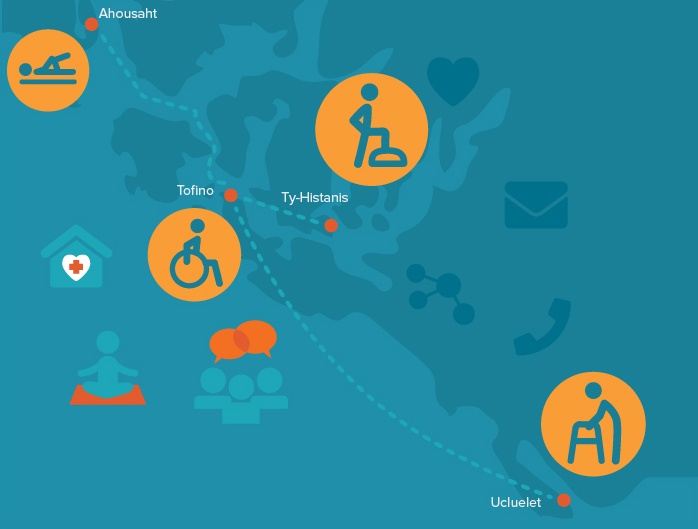Case Study: BC Pain Research Network
The BC Pain Research Network brings together researchers from across the province to connect and collaborate with the aim of improving the lives of the 1 in 5 British Columbians living with pain.
The network is made up of nearly 90 investigators from a range of disciplines, including molecular biology, pharmaceutical sciences, clinical investigations, behavioural and social sciences, humanities, public health, and health services delivery, and grows out of a partnership between Pain BC and the University of British Columbia. The initial funding to develop the network was provided through support from UBC’s Research Excellence Clusters initiative and a Planning and Dissemination Grant from the Canadian Institutes of Health Research.
Pain BC will bring the perspectives of people in pain, health care providers, and policy makers into the network, to ensure these realities of pain are reflected in research.
To find out more about the BC Pain Research Network, go to www.bcpainresearch.ca.


